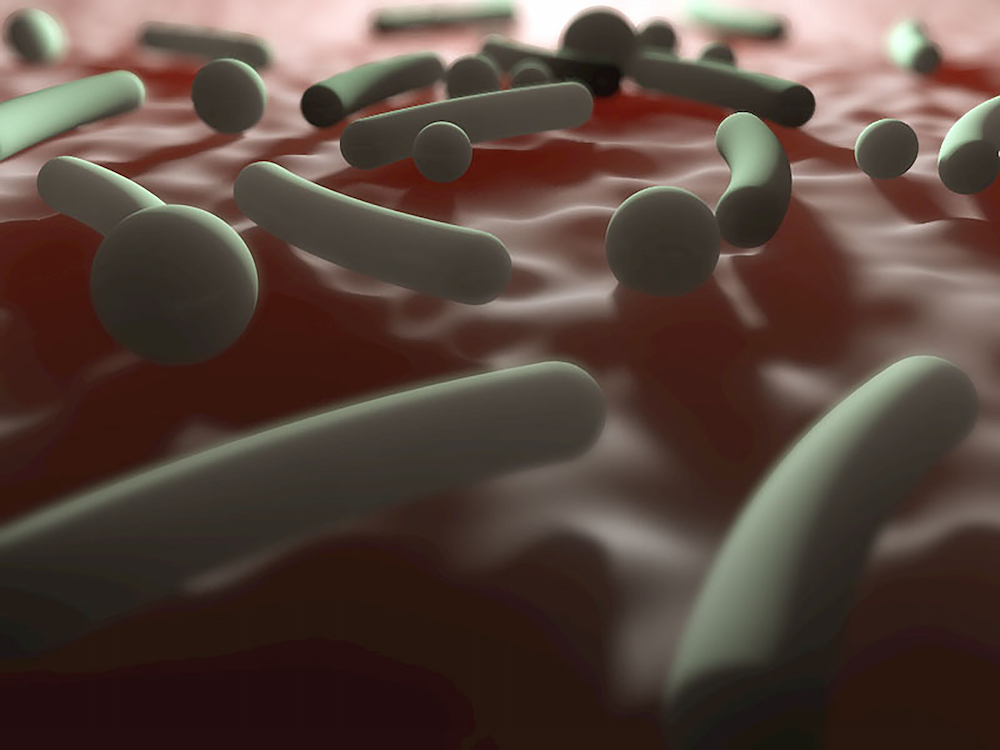11,000 Years of Isolation: Remote Village Has Unusual Gut Bacteria

A medical checkup of people living in remote villages deep in the Amazon rainforest in Venezuela has uncovered striking details about these villagers' microbiomes, the bacteria living on and in their bodies, a new study finds.
The villagers appear to have the highest levels of bacterial diversity ever reported in a human group, the researchers found.
Moreover, their microbiomes include bacteria that have genes that could make them resistant to treatment with antibiotics. Some of these genes could even make these bacteria resistant to synthetic drugs — an alarming discovery, given that these villagers had never had contact with either people of industrialized societies or commercial antibiotics prior to the study, the researchers said. [5 Ways Gut Bacteria Affect Your Health]
"This is one more piece of clear evidence that antibiotic resistance is a natural feature of the human microbiota, just waiting to be activated and amplified after antibiotic use," study researcher Gautam Dantas, an associate professor of pathology and immunology at the Washington University School of Medicine in St. Louis, said during a news conference Wednesday (April 15).
The Yanomami Amerindian villagers were first spotted in 2008, by people in an army helicopter. The Venezuelan Ministry of Health routinely visits newfound communities, and provides them with medical services, including vaccinations aimed at protecting villagers from diseases brought by illegal miners and others venturing into the Amazon, said the study's senior author, Gloria Dominguez-Bello, an associate professor of translational medicine at the New York University School of Medicine.
For the new study, healthcare workers collected bacterial samples from the villagers' arms, mouths and feces in 2009. The health care workers received permission from village authorities and participants, the researchers said. A person who spoke both Yanomami and Spanish helped them communicate.
"Encounters are friendly," Dominguez-Bello said. In all, 34 of the 54 villagers, ages 4 to 50, participated in the study.
Sign up for the Live Science daily newsletter now
Get the world’s most fascinating discoveries delivered straight to your inbox.
Microbe diversity
Bacteria play critical roles in human physiology — they influence immune responses, metabolism and even behavior, the researchers said. But it's unclear how much the human microbiome has changed over thousands of years, since the time before cesarean sections, household cleaners, and modern living and eating habits became widespread, Dominguez-Bello said.
The Yanomami have lived in relative isolation for more than 11,000 years, when their ancestors arrived in South America, the researchers said. A look at their bacteria may offer hints as to what the human microbiome looked like before modern living changed its characteristics, they said.
In the study, the researchers compared the DNA of the bacteria from the Yanomami to that of microbes from people in the United States and two other groups — the Guahibo Amerindians in Venezuela, and Malawian rural communities in Africa — both of which have had some contact with industrialized societies.
The groups that'd had more contact with the modern world tended to have less microbial diversity, the researchers found. The Yanomami in the study had almost double the amount of bacterial diversity as the people in the U.S., and about 30 to 40 percent more diversity than the Guahibo Amerindians and Malawian participants, said study researcher Jose Clemente, an assistant professor of genetic and genomic sciences and medicine at the Icahn School of Medicine at Mount Sinai in New York City. [Body Bugs: 5 Surprising Facts About Your Microbiome]
However, the high diversity was seen only in the Yanomami's skin and fecal bacteria. They had roughly the same diversity of oral bacteria as the people in the U.S., the researchers said.
Antibacterial resistance
Some of the Yanomami's fecal samples had bacteria with antibiotic-resistance genes, including genes that make bacteria resistant to man-made drugs. It's not clear why the Yanomami have bacteria with these genes — 28 unique resistance genes in all — but the researchers said the genes may have originated from soil bacteria, which is known to contain antibiotic-resistance genes.
It's also possible that these genes may have other functions in bacteria, or that the Yanomami did have indirect contact with the modern world, as some of them had T-shirts, machetes and cans, the researchers said.
Yanomami food may be another source. The researchers learned that the villagers drink fermented cassava, but did not take any samples of the drink. "I would love to go back to the community," to take samples of the food, Dominguez-Bello said.
The results may help scientists learn whether certain bacterial genes protect against conditions common in the industrialized world, such as diabetes and obesity, the researchers said. [The 7 Biggest Mysteries of the Human Body]
"It's really helpful in stretching our concept of what is the human microbiome," said Pat Schloss, an associate professor of microbiology at the University of Michigan who was not involved with the study.
However, Schloss noted that it's too early to know whether increased microbial diversity leads to better health. Researchers should now try to figure out what this diversity means for these individuals, he said.
The study was published online today (April 17) in the journal Science Advances.
Follow Laura Geggel on Twitter @LauraGeggel. Follow Live Science @livescience, Facebook & Google+. Original article on Live Science.

Laura is the archaeology and Life's Little Mysteries editor at Live Science. She also reports on general science, including paleontology. Her work has appeared in The New York Times, Scholastic, Popular Science and Spectrum, a site on autism research. She has won multiple awards from the Society of Professional Journalists and the Washington Newspaper Publishers Association for her reporting at a weekly newspaper near Seattle. Laura holds a bachelor's degree in English literature and psychology from Washington University in St. Louis and a master's degree in science writing from NYU.









